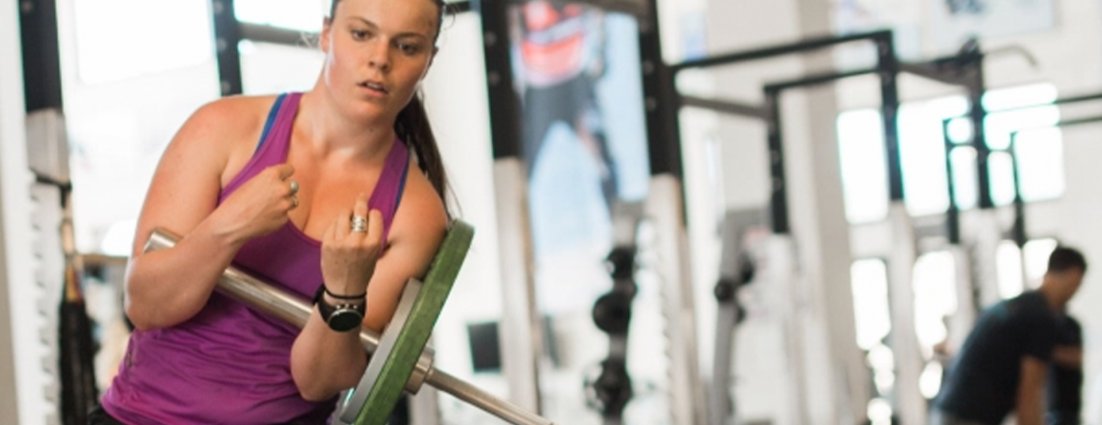Three Common Ski Injuries and How to Prevent Them
01.22.2021 | Elizabeth Carey

This article was originally published on Skimag.com on December 28th, 2018
Being sidelined is the worst. Here are tips for avoiding it.
Gravity always wins, especially when it comes to biffing it. It pulls us into the hill and twists our limbs, so it's no surprise the most common ski injuries result from contact or shearing forces. But gravity aside, there are a number of risk factors that compound skiers’ chances of getting hurt on the hill.
Risk factors for injury, according to John Cole, the director of human performance at Ski And Snowboard Club Vail, include both variable and non-variable factors. The difference? What you can and can't control. Both types, however, can be managed with thoughtful preparation.
Non-variable risk factors—those you can control—include your gear, preparation, fitness, knowing your body, and respecting your own limits. Variable factors, on the other hand, might be harder to control (think: technique, health, snow conditions, etc.). A skier can improve technique by taking lessons and work on awareness by becoming familiar with specific terrain, but even super-prepared and experienced skiers face risk factors like tricky snow or visibility and slope traffic.
To better handle unpredictable conditions and prevent injuries, Cole recommends a skier assess (among other things) their fitness, body, previous injuries, and any asymmetry. Are you balanced from right to left? Do you know which leg is dominant? Where do you have pain or weakness now? With the answers in mind, tailor your pre- and in-season training to target your susceptibilities.
A rundown of common ski injuries and how to strengthen your body to avoid them:
1. Knee tears and sprains
Whether you or a buddy has torn or sprained an anterior cruciate ligament (ACL) or medial collateral ligament (MCL), you’ve likely heard horror stories of knee-related ski injuries. Often, such injuries are fatigue or fitness-related and occur with turning, stopping, and falling. To help avoid ACL and MCL tears, strengthen backside muscles including glutes and hamstrings. Even strengthening the soleus gastroc can balance the stress on the frontside of your leg.
2. Lower leg strains and ruptures
Achilles ruptures, tibial fractures, and ankle injuries rank among common skier ailments. To avoid them, triple check your binding settings. Also, work to strengthen your foot, ankle, soleus gastroc, and anterior tibialis.
3. Upper extremity fractures
Skiers often instinctively stretch out their arms to break a fall, which puts shoulders, arms, and hands at risk of fracture and strains. Skier’s thumb, for example, results from falling on an outstretched arm with a pole-in-hand, which can cause a ligament tear. Tip: Drop your poles when you’re going down. Also, improving overall fitness, core strength, and safe falling skills can help avoid arm-breakers.
-